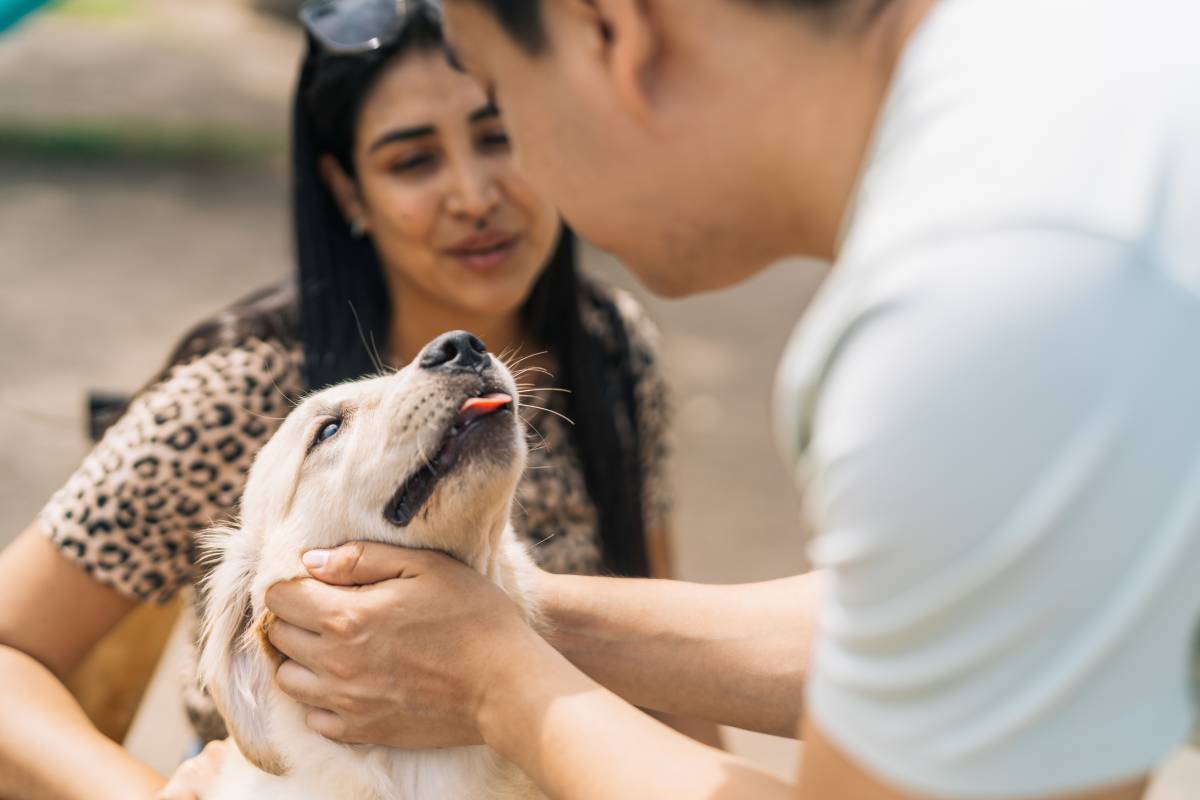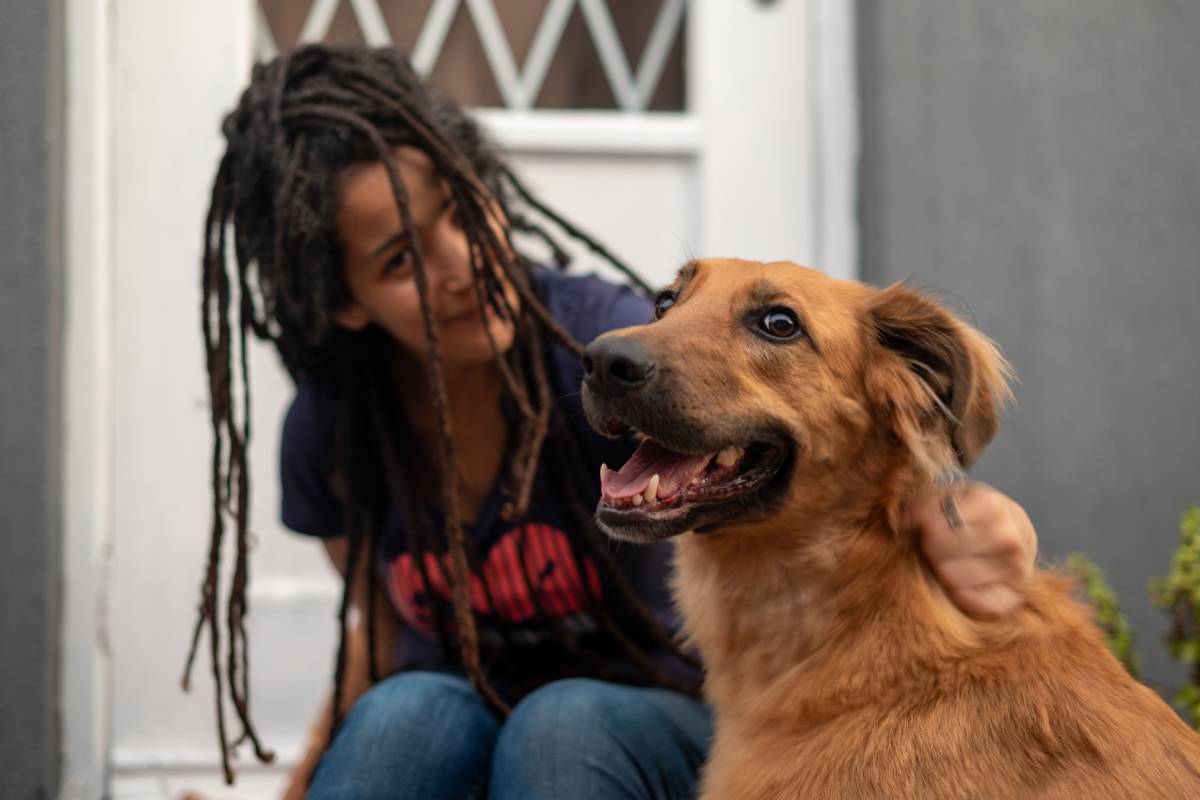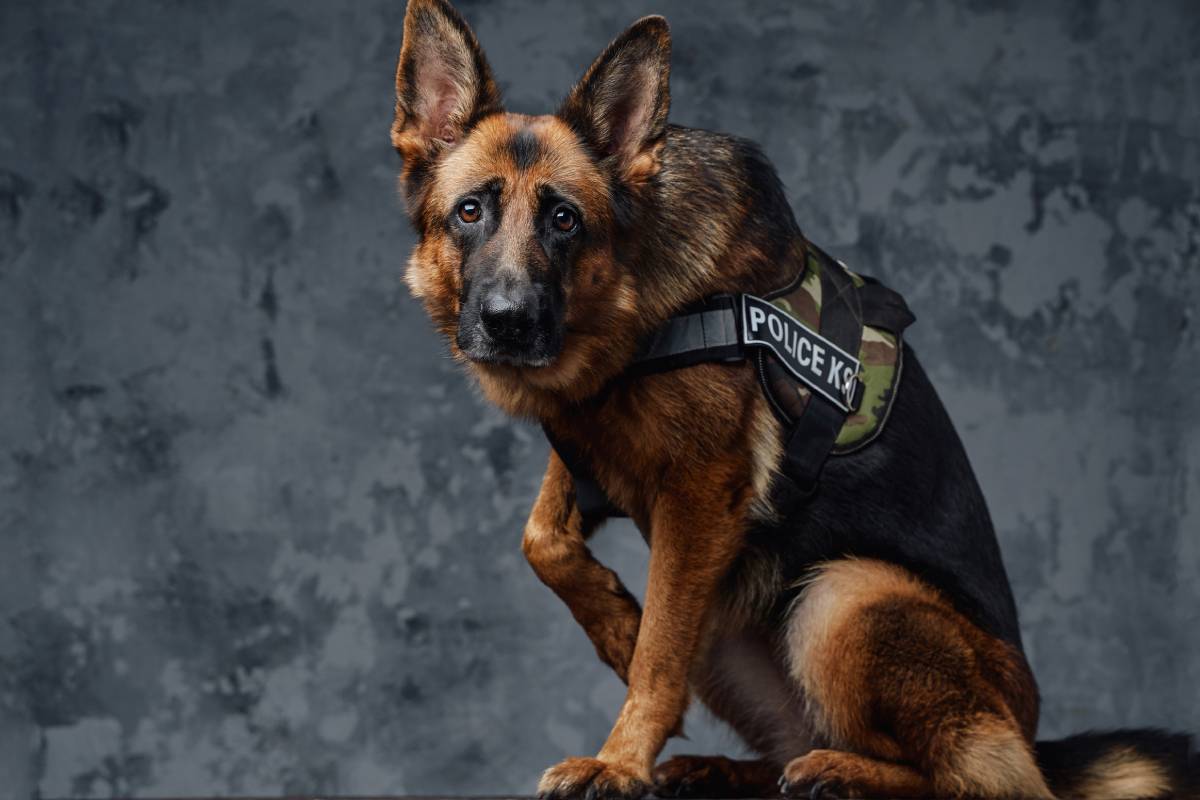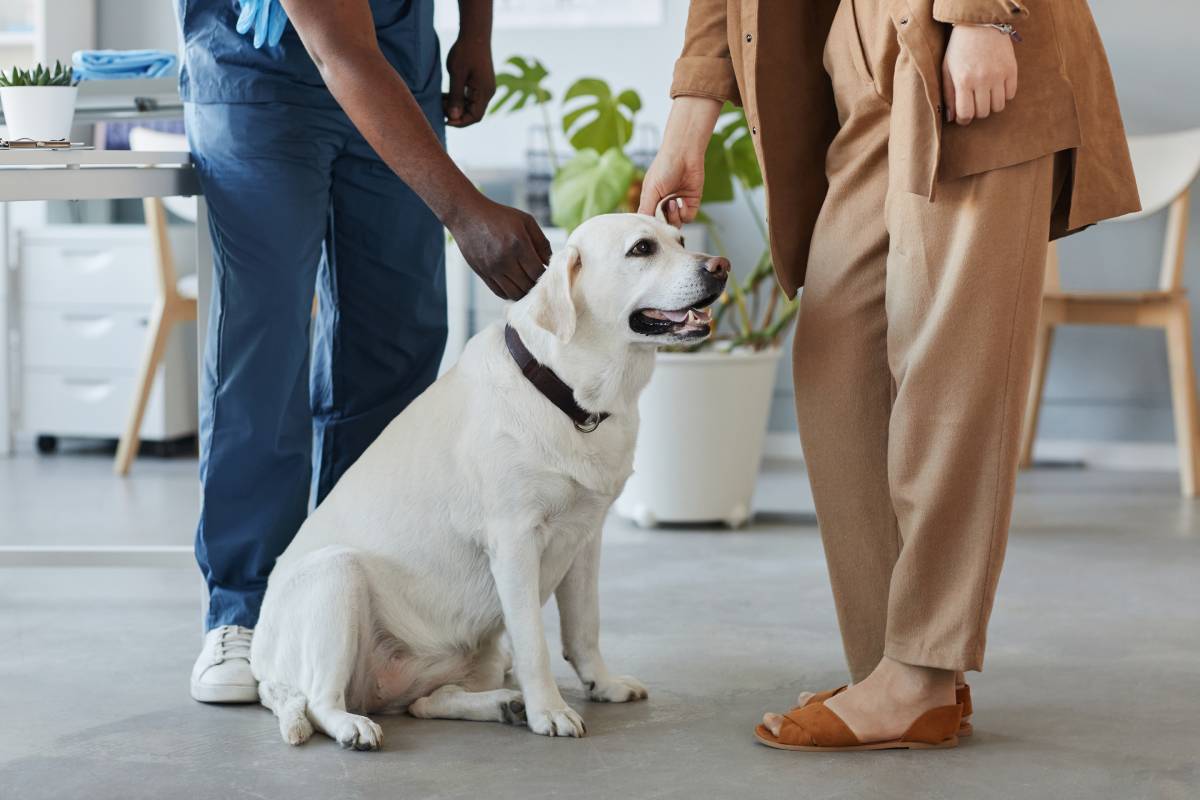
How can I adopt a dog in Australia? How much does it cost to adopt a dog in Australia? What happens to dogs that don’t get adopted Australia?
Adopting a furry companion can be a rewarding experience, but it also comes with its considerations. In Australia, prospective pet parents often wonder about the adoption process, associated costs, and the fate of dogs that don’t find homes.
In this article, we’ll explore the steps involved in adopting a dog in Australia, what’s the cost of adoption, and what happens to dogs that don’t get adopted in the country.
Related article:
- 10 Common Symptoms in Cats That Require Immediate Veterinary Attention
- How to Identify a Rabbit Nest? What to Do If You Find a Rabbit Nest?
How can I adopt a dog in Australia?
Adopting a dog in Australia typically involves several steps:
- Research: Start by researching different animal shelters and rescue organizations in your area. Look for reputable shelters with a good track record of caring for animals.
- Visit Shelters: Visit the shelters in person to see the dogs available for adoption. Spend time interacting with the dogs to get a sense of their temperament and behaviour.
- Application: Once you find a dog you’re interested in, you’ll likely need to fill out an adoption application. This application may ask questions about your living situation, lifestyle, and experience with pets.
- Home Visit: Some shelters may conduct a home visit to ensure that your living environment is suitable for a dog. They may also offer advice on dog-proofing your home and making it safe for your new pet.
- Meet and Greet: If your application is approved, you’ll have the opportunity to meet the dog and spend more time getting to know each other. This is an important step to ensure that the dog is a good fit for your family and lifestyle.
- Adoption Fee: There is usually an adoption fee involved, which helps cover the costs of caring for the dog while they were in the shelter. The fee may vary depending on the shelter and the dog’s age, breed, and medical history.
- Paperwork: Once you’re ready to adopt, you’ll need to complete some paperwork and provide identification. This may include signing an adoption contract and providing proof of identity and address.
- Take Your Dog Home: Once all the paperwork is complete and the adoption fee has been paid, you can take your new dog home! Make sure you have everything you need, such as food, water bowls, a bed, toys, and a leash and collar.
Remember that adopting a dog is a lifelong commitment, so make sure you’re prepared to provide love, care, and attention for your new furry friend for years to come.

How much does it cost to adopt a dog in Australia?
Make sure your new furry companion fits into your budget and lifestyle before bringing them home.
Understanding the costs of owning a pet is crucial. Cats and dogs require a significant financial and personal commitment.
In the first year alone, expect to spend between $3,000 and $6,000 on your new pet. After that, ongoing expenses can reach up to $3,218 per year for a dog and $1,715 per year for a cat.
Additional costs include veterinary bills for illnesses or injuries, which can be pricey. It’s wise to factor these expenses into your budget and consider whether pet insurance is a good investment.
Here’s a breakdown of other potential costs:
| Adopting or buying a pet |
|
| Microchipping, vaccinations and de-sexing |
|
| Vet expenses |
|
| Pet healthcare products, such as flea, tick and worming medications |
|
| Pet insurance |
|
| Pet essentials such as a collar, bed, bowls, toys, kennel or scratching post |
|
| Council registration |
|
| Pet food |
|
| Boarding kennels and catteries |
|
| Other services including grooming and training |
|
Considering all these expenses will help you make an informed decision about pet ownership and ensure you can provide your furry friend with the care they need.

Can you adopt dogs that failed government training in Australia?
Yes, it’s possible to adopt dogs that have failed government training in Australia. These dogs often come from programs such as police dog training, customs dog training, or other government agencies where the dogs are trained for specific roles but may not meet the required standards or suitability for the tasks.
After their training, if a dog is deemed unsuitable for their intended role, they are typically assessed for adoption. Many of these dogs still possess valuable traits and skills, such as obedience, socialization, and basic training, making them great candidates for adoption as pets or for alternative roles.
Rescue organizations or shelters sometimes work directly with government agencies to rehome these dogs. If you’re interested in adopting a dog that has failed government training, you can reach out to these organizations to inquire about available dogs and the adoption process such as the Australian Pet Welfare Foundation (APWF), Guide Dogs, RSPCA – Adopt a pet, etc. Keep in mind that these dogs may have specific needs or behavioural considerations, so it’s essential to discuss these factors with the organization to ensure a suitable match for your home and lifestyle.
What happens to dogs that don’t get adopted in Australia?
In Australia, what happens to dogs that don’t get adopted can vary depending on the policies and practices of the animal shelters or rescue organizations in the area. Here are some common outcomes for dogs that don’t find homes:

- Shelter Care: Dogs that aren’t adopted may continue to live in the shelter or rescue facility. These organizations typically provide food, shelter, and medical care for the dogs while they wait for adoption. Some shelters have no-kill policies, meaning they do not euthanize animals due to space constraints or time limits.
- Foster Care: If shelters are overcrowded or unable to provide adequate care, dogs may be placed into foster homes. Foster care allows dogs to live in a home environment temporarily until they find a permanent home. Foster caregivers provide socialization, training, and love to help prepare the dogs for adoption.
- Transfers: Some shelters and rescue organizations work together to transfer dogs to facilities with higher adoption rates or more resources. Transfers can help increase the chances of adoption for dogs that may not be as visible or accessible in their current location.
- Euthanasia: Unfortunately, in some cases, dogs that are not adopted and deemed unadoptable due to health or behaviour issues may be euthanized. However, many shelters and organizations strive to minimize euthanasia by implementing programs such as behaviour modification, medical treatment, and increased adoption efforts.
- Special Programs: Some shelters may have special programs for dogs that have been overlooked for adoption. These programs might include training initiatives, outreach campaigns, or promotions to highlight specific dogs in need of homes.
It’s important to note that euthanasia rates for homeless pets have decreased in many parts of Australia due to increased awareness, adoption efforts, and spaying/neutering programs. However, the fate of dogs that don’t get adopted ultimately depends on the resources, policies, and practices of the individual shelters and organizations involved.
Final Thought
There are various ways we can help decrease the number of unwanted dogs. Here are some options:
- Consider adopting a rescue dog or offering to foster unwanted dogs.
- Donate to rescue organizations to support their efforts.
- Ensure our own dogs are spayed or neutered to prevent unplanned litters.
- Keep our dogs in a secure yard to prevent them from getting lost or into trouble, and ensure they’re microchipped for identification if they do go missing.
Dogs that are too noisy, large, or active for their families often end up unwanted, causing problems for both owners and neighbours. When selecting a dog for your family, it’s essential to choose one that matches your family’s lifestyle to avoid potential issues and cause them to be unwanted again.